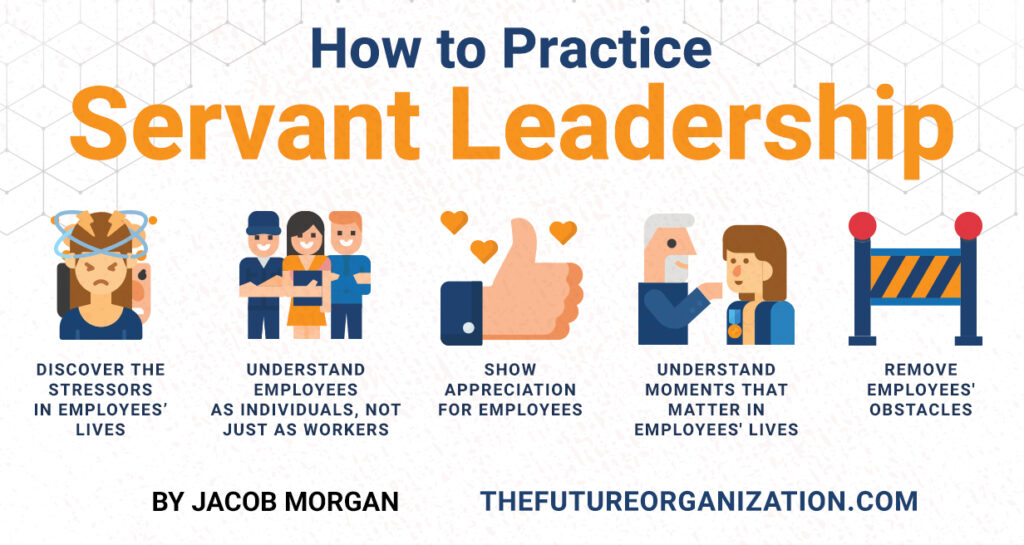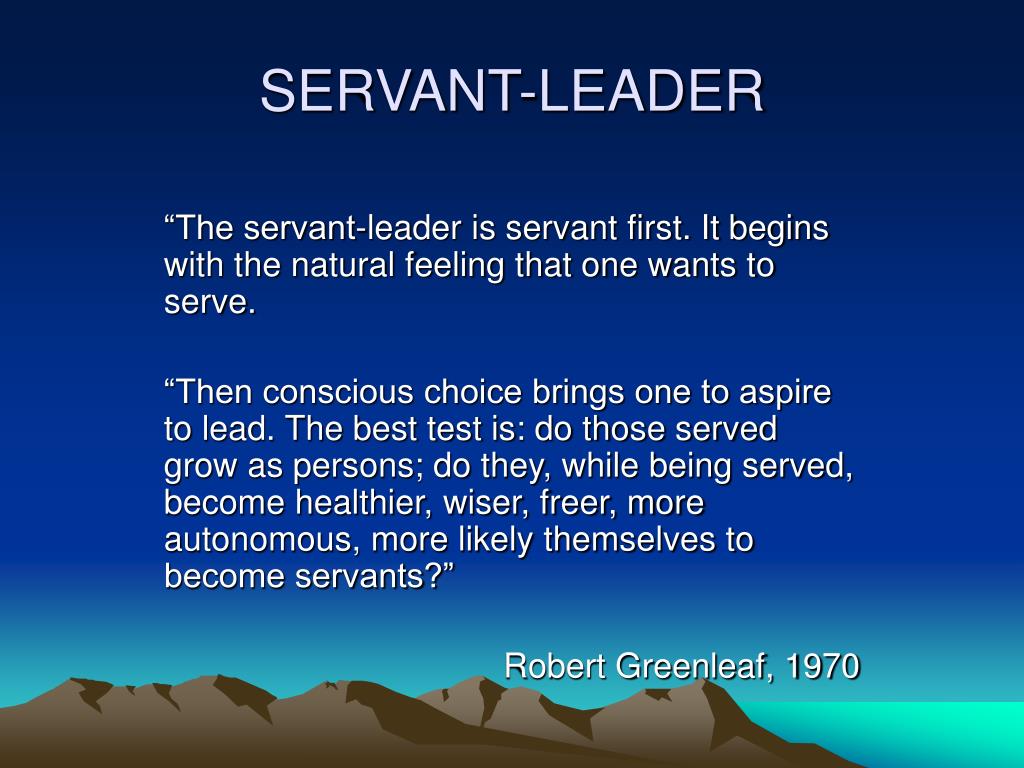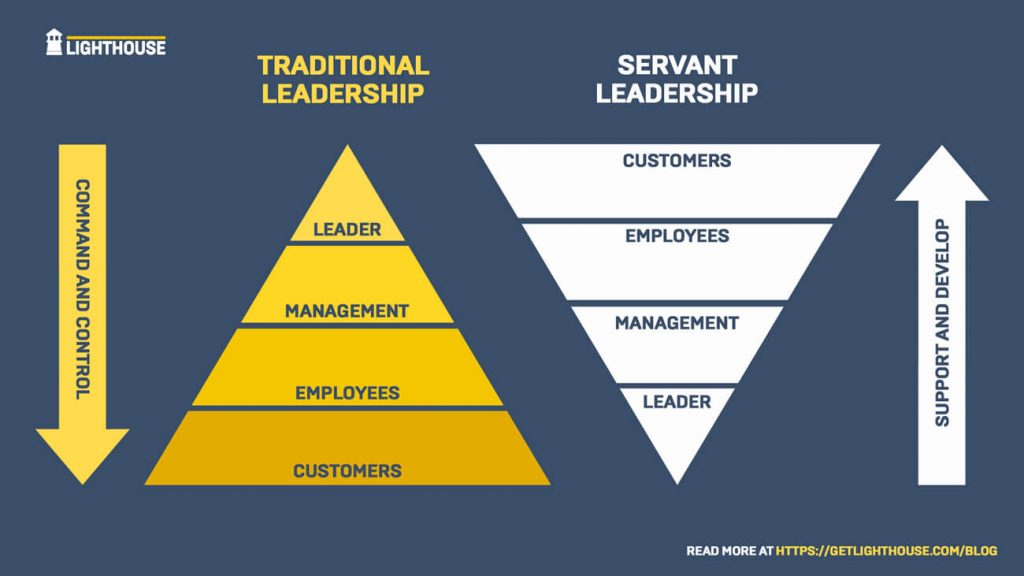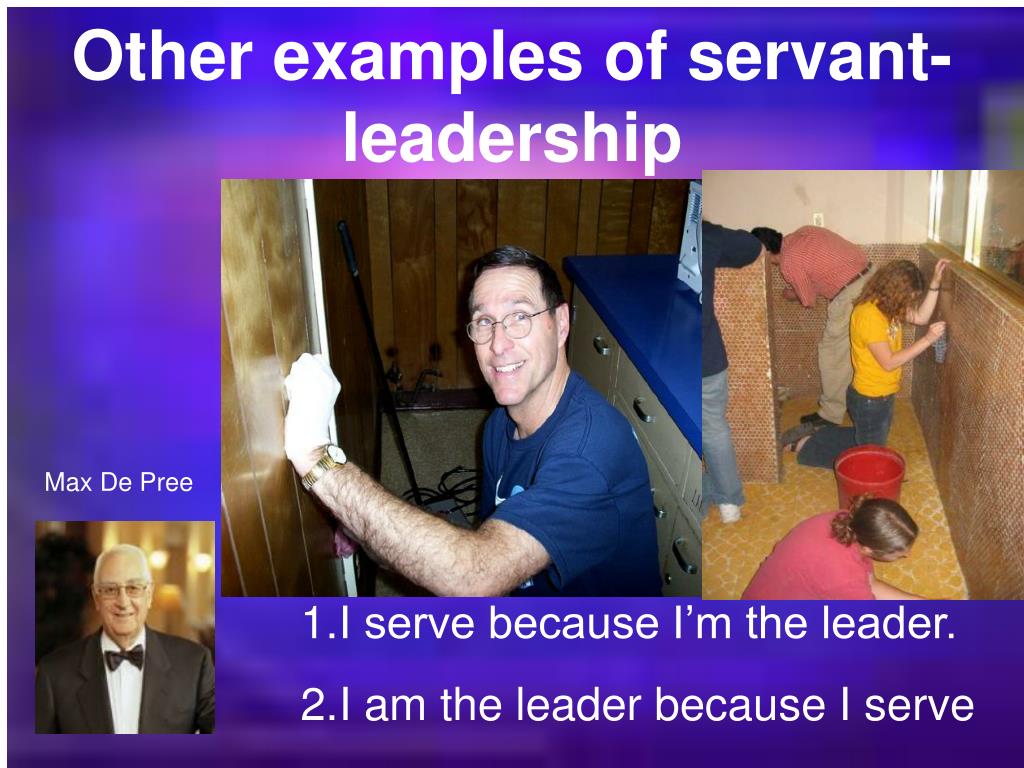Who Is A Good Example Of A Servant Leader
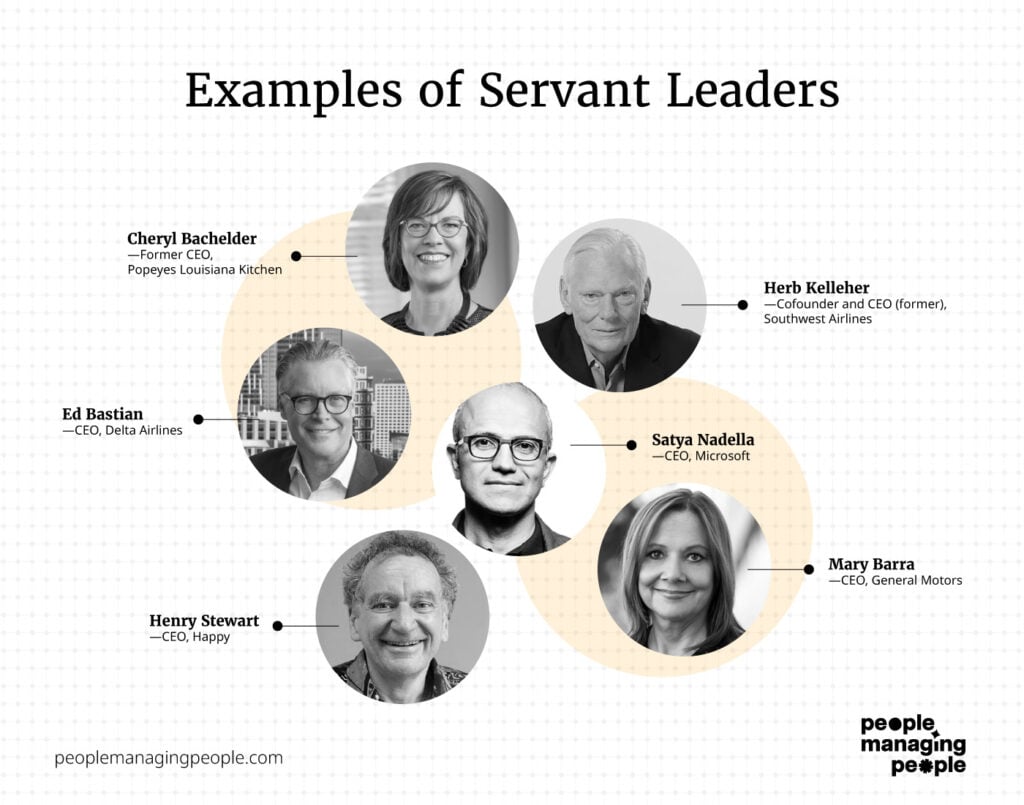
In a world often dominated by self-serving leadership, the concept of servant leadership offers a refreshing and impactful alternative. It's a philosophy where the leader prioritizes the needs of their team, fostering growth, collaboration, and a shared sense of purpose. But who truly embodies this ideal in practice?
The essence of servant leadership lies in empowering others and leading with empathy. It’s about listening intently, showing compassion, and championing the development of those they lead. Identifying individuals who consistently demonstrate these qualities requires careful consideration of their actions and impact, moving beyond mere rhetoric to tangible results.
Defining Servant Leadership in Action
Servant leadership, as articulated by Robert K. Greenleaf, the originator of the term, isn't about weakness or a lack of authority. Instead, it's about a conscious choice to prioritize the growth and well-being of others, creating a more engaged and productive work environment. This translates to a leadership style marked by humility, integrity, and a genuine desire to serve.
Several figures stand out as potential examples. These individuals exhibit qualities synonymous with servant leadership. Evaluating them requires analyzing their actions and considering how they've impacted their organizations and teams.
The Case of Nelson Mandela
Nelson Mandela, the former President of South Africa, is often cited as a prime example of a servant leader. His commitment to reconciliation and forgiveness after decades of apartheid demonstrates a profound ability to put the needs of his nation above personal grievances. He prioritized healing a divided society, demonstrating empathy and fostering a sense of unity.
His willingness to step down after only one term as president further solidified his image as a leader focused on serving the greater good. He prioritized the long-term stability and progress of South Africa over personal power.
Indra Nooyi's Transformative Approach
Indra Nooyi, the former CEO of PepsiCo, also exemplifies many of the qualities of a servant leader. Throughout her tenure, she championed a performance with purpose agenda. This focused not only on financial success but also on the well-being of employees and the communities PepsiCo served.
Her emphasis on sustainability and healthy product options demonstrates a commitment to a broader social responsibility.
"I truly believe that PepsiCo can be a force for good," she often stated, highlighting her servant-hearted approach.Her focus was not just on the bottom line, but also on ethical and societal impact.
Alan Mulally's Ford Turnaround
Alan Mulally, the former CEO of Ford, is another leader frequently mentioned in discussions of servant leadership. He successfully led Ford through a major financial crisis, avoiding a government bailout by fostering a culture of collaboration and transparency.
His "One Ford" plan emphasized teamwork and open communication, creating a shared vision and sense of purpose across the organization. He prioritized the collective good of Ford over individual egos and departmental silos.
Evaluating the Impact
While these leaders demonstrate many traits of servant leadership, it's crucial to consider the nuances of their approaches. Servant leadership isn’t a one-size-fits-all model, and each leader has adapted the philosophy to fit their specific context and circumstances. It's not about being perfect but about consistently striving to serve others.
Their success can be measured through improved employee morale, increased organizational productivity, and a positive impact on the broader community. Each leader, through their actions, have demonstrably improved the lives and opportunities available to their teams.
The Future of Leadership
As businesses and organizations face increasingly complex challenges, the principles of servant leadership are becoming more relevant than ever. A focus on empathy, collaboration, and empowerment can foster resilience, innovation, and a stronger sense of purpose.
The examples of Mandela, Nooyi, and Mulally offer valuable insights into how these principles can be applied in practice. By studying their approaches and adapting them to our own contexts, we can cultivate a new generation of leaders who prioritize serving others.
The key is to recognize that leadership is not about power or control, but about empowering others to reach their full potential. Ultimately, a true servant leader leaves behind a legacy of growth, collaboration, and positive change.


:max_bytes(150000):strip_icc()/servant-leadership.asp-final-384659cdeae8488fb6867c08395d4017.png)



.png?width=2400&height=1256&name=servantleader (1).png)


